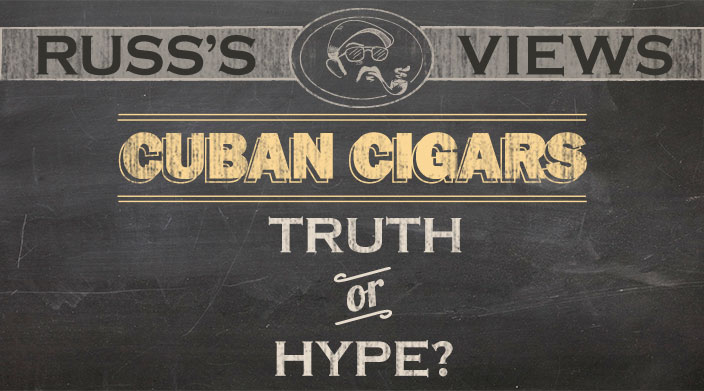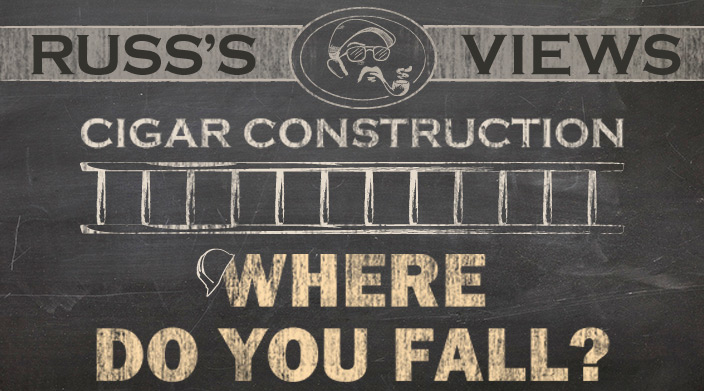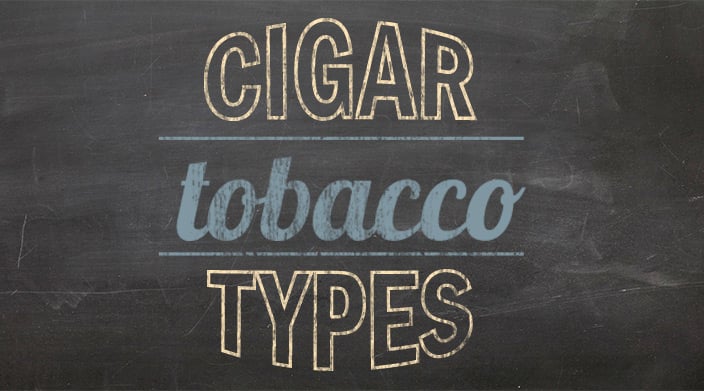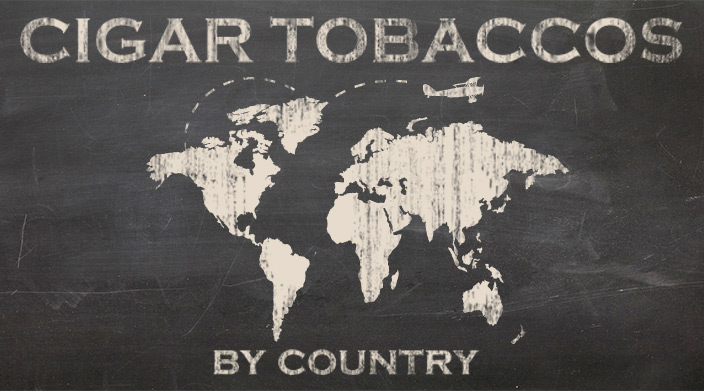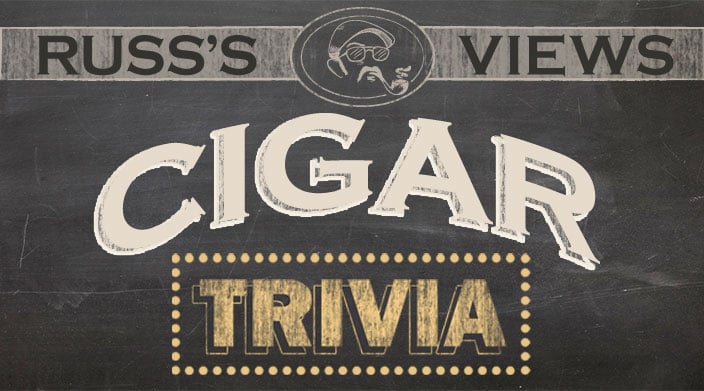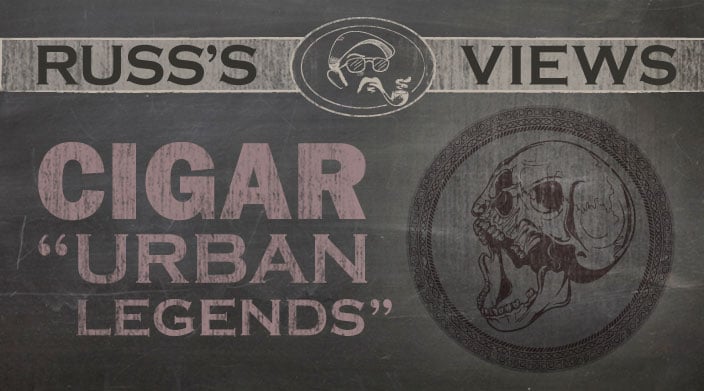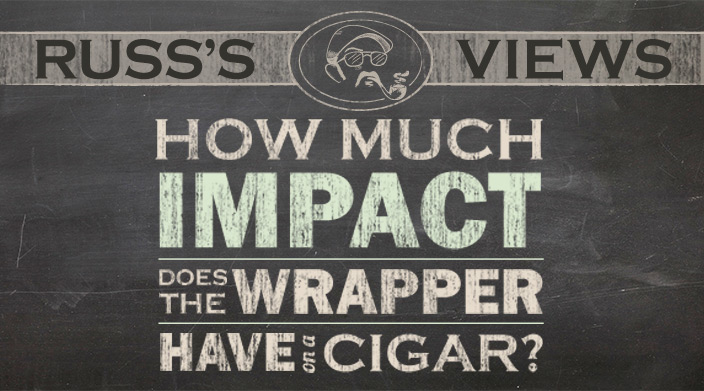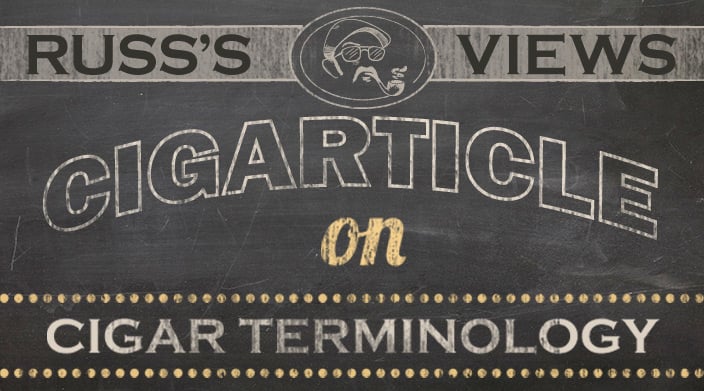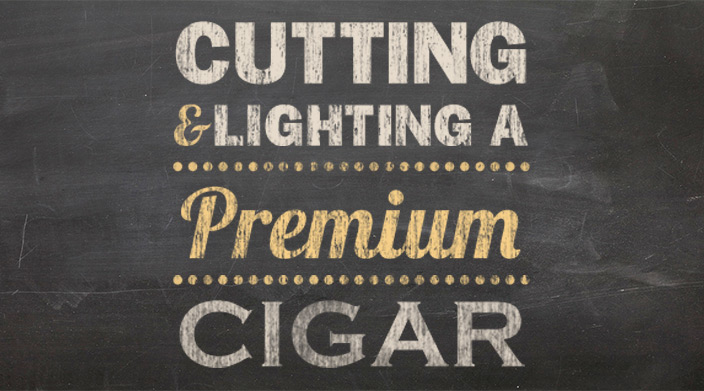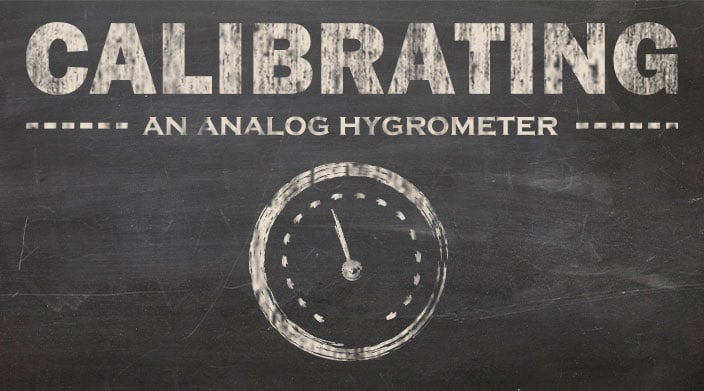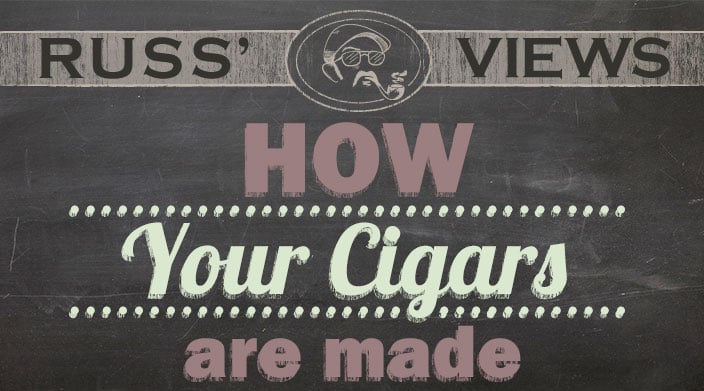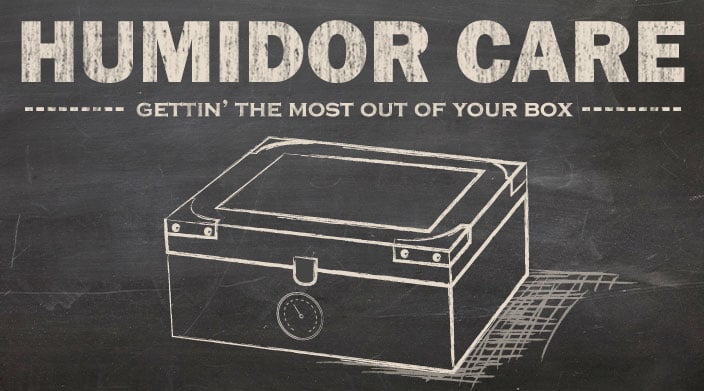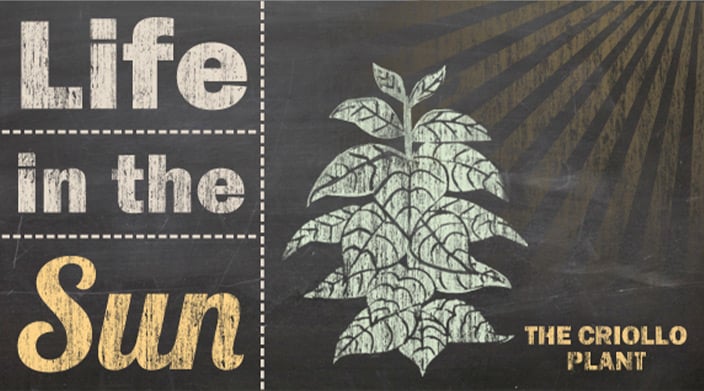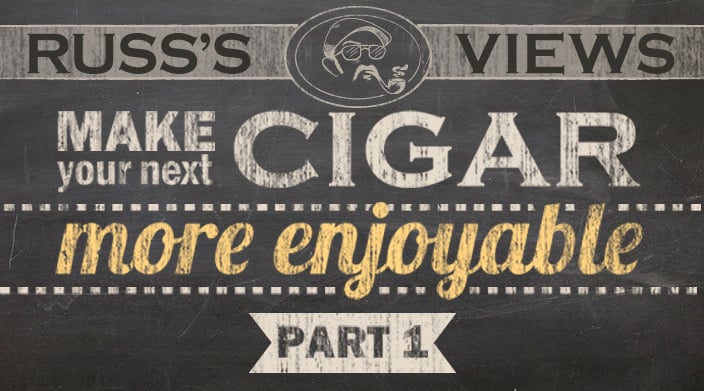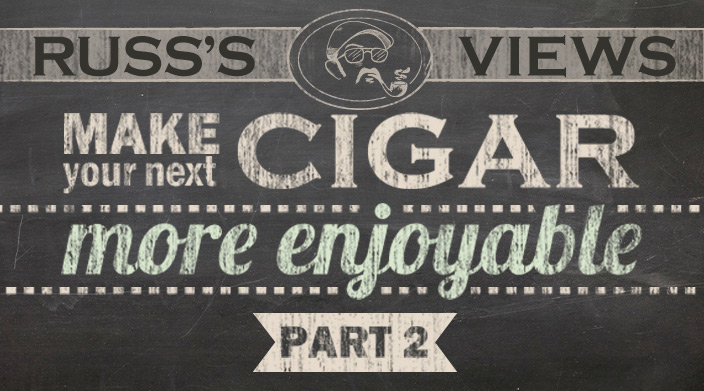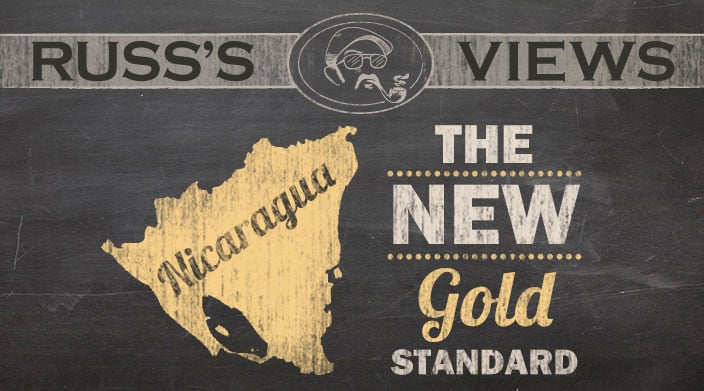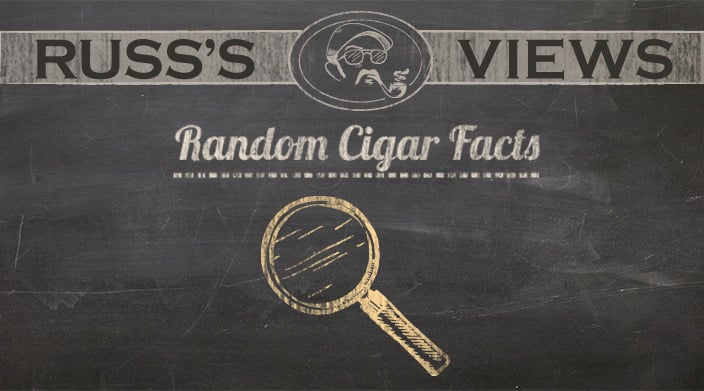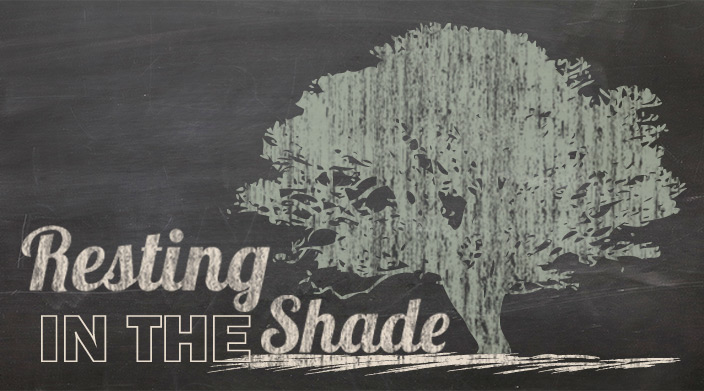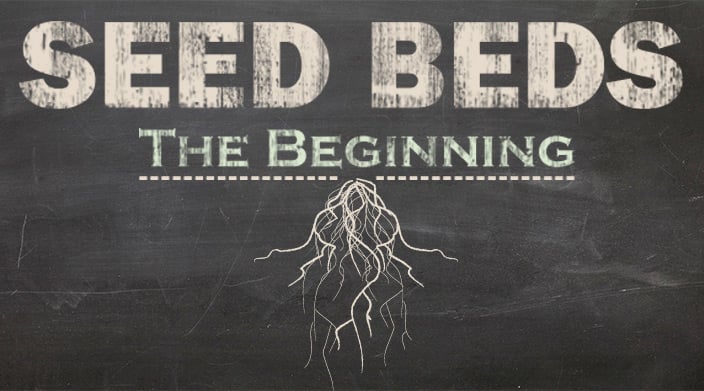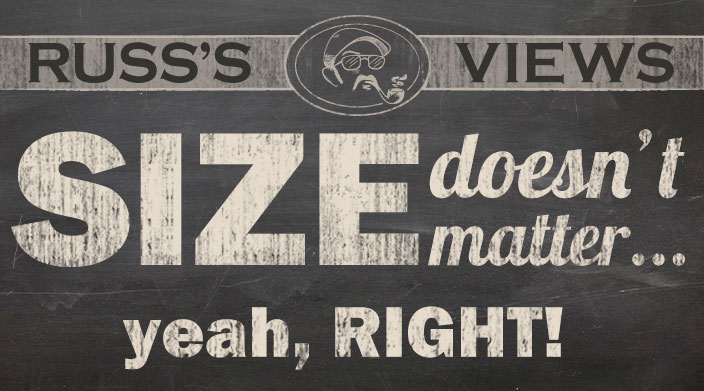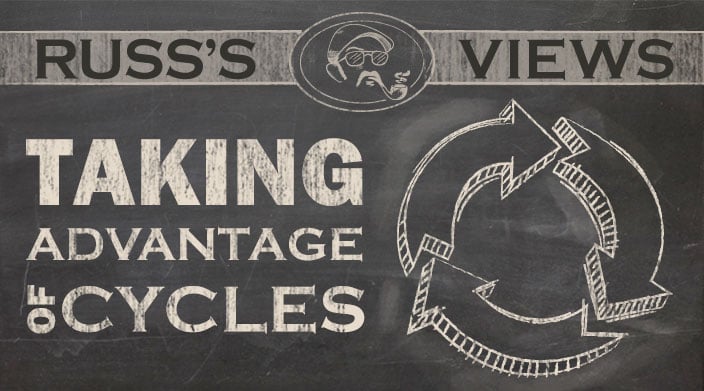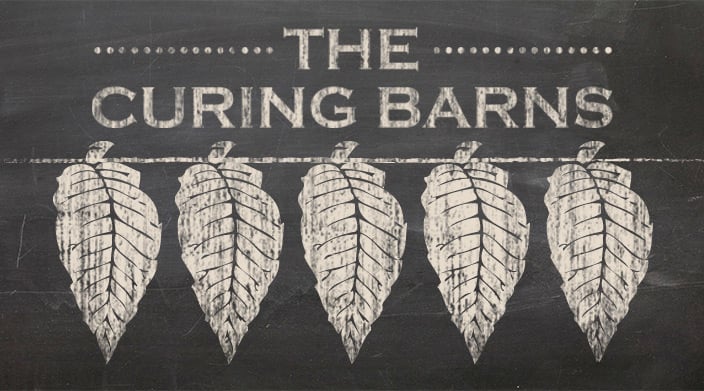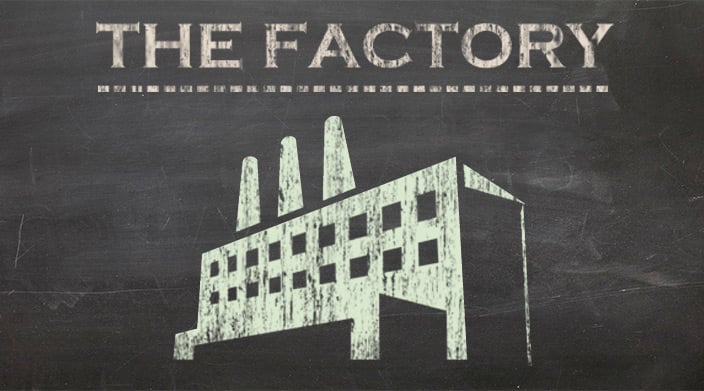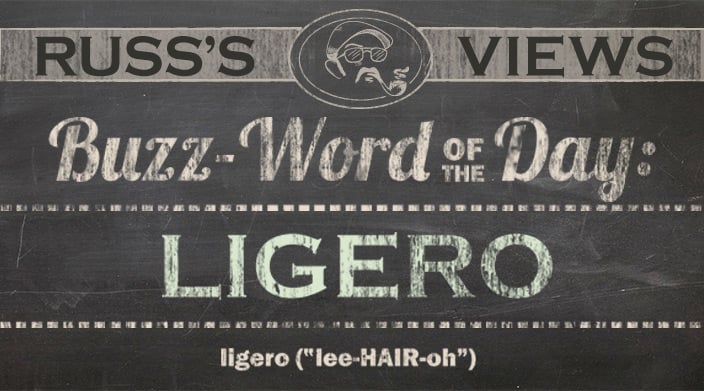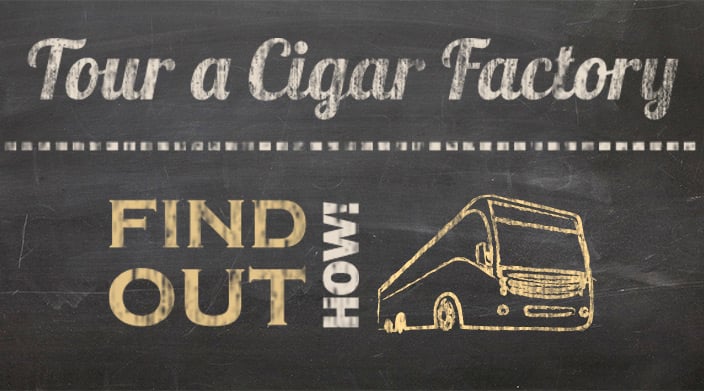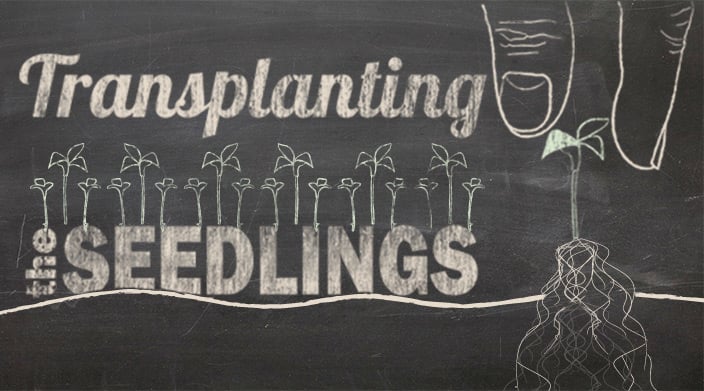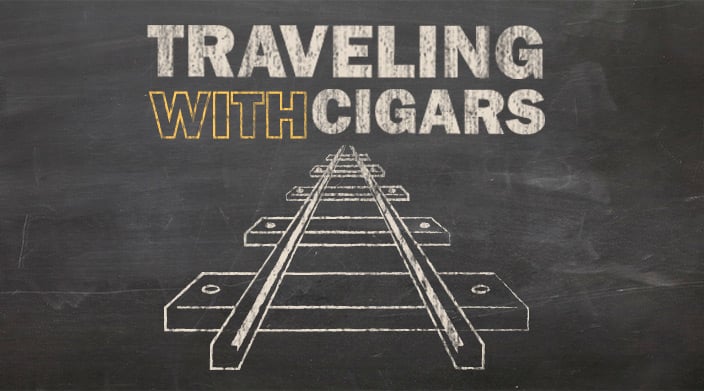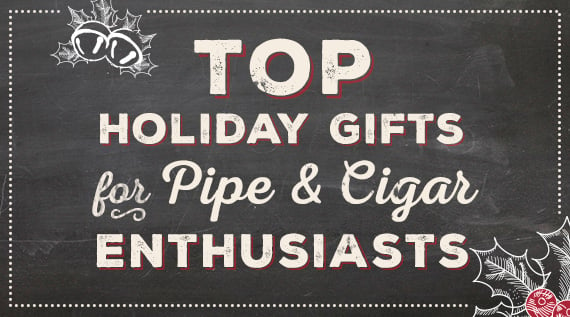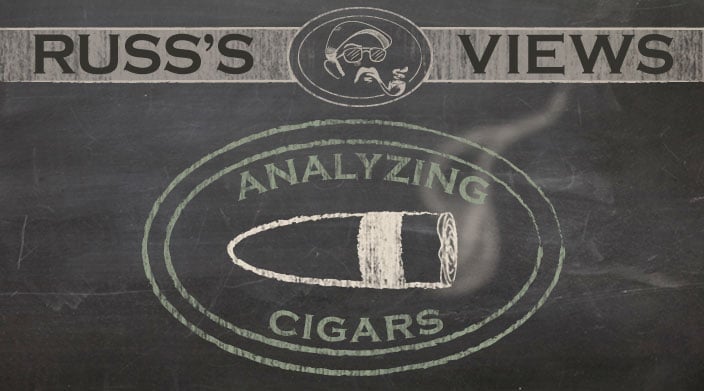It’s a shame that one of our closest neighbors is all but off-limits to U.S. citizens. Cuba lies less than 100 miles from the south of the Florida Keys, yet we can’t freely travel to and from the island nation. We could debate for a long time the effectiveness of the embargo, the flawed government of Cuba, the plight of the average Cuban, and other related topics, but it still seems rather silly that we can’t easily travel to and from the country, and can’t purchase their goods, especially (for me) cigars.
Just thinking about being able to legally buy the Cuban versions of Partagas, Punch, Cohiba, Trinidad, Sancho Panza, San Cristobal, and Romeo y Julieta among others brings back a rush of memories from those times that I’ve been able to enjoy one. There’s something unique about the aroma and flavor profile of the true Habano that cannot be duplicated, and certain ones are more memorable than most. I have an indelible reminiscence of a Cohiba Edicion Limitada Maduro that is so strong that I can practically taste it now, so many years later.
There’s no question that there is something about the soil and microclimate, especially in the Pinar del Rio region, and particularly in the Vuelta Abajo, that produces remarkable fragrant and flavorful cigar tobacco, but can it really be that unique? A couple of years ago, I was chatting with Nick Perdomo (of Perdomo Cigars) about how critical the soil and weather were. He told me that it was common for the same seed planted on two sides of the same road to yield markedly different results, so I will readily accept that Cuban flavor can’t be recreated elsewhere.
There’s a certain “forbidden fruit” aspect to Cuban cigars. Let’s say you’re a car enthusiast and you’ve fallen in love with a Lamborghini Gallardo. One of the appeals that romanticizes the car is that if you’re like most people, you can’t afford a Lambo, so it seems to be even better than it would be if it was in your price range. The same holds true for Habanos. If they were readily available, most cigar smokers wouldn’t be so infatuated with them.
Having had the good fortune to have tried a number of Cuban cigars over the years (including some pre-embargo Partagas 8-9-8s), I will have to say that there is a one-of-a-kind flavor to them, and at their best, there are few cigars that compare, but they also tend to be wildly inconsistent. I had smoked a Montecristo #2 one spring and it was a sublime smoke. It was rich and creamy with a heady aroma. It burned nicely, and gave me a most enjoyable hour and a half or so. Later that year I was offered another Monte #2, and I accepted it with gratitude and anticipation. When I lit it up, I couldn’t believe how different it was from the one I had smoked a few months earlier. To begin with, the draw was horrible. It was so badly blocked that I had to run the pick from my pipe tool down the cigar four or five times before I could get any smoke, and when I did, I got a distinctly chemical note. The letdown was so bad that I asked to look at the box to see if they were genuine (which they were). They may have been the real thing, but that one in particular sucked.
If you happen to be somewhere where Cuban cigars are legal, one of the first things you notice is the price. Most places that sell real Habanos (counterfeits are an epidemic in Central America and the Caribbean) are pricing them at 150% or more as compared to similar cigars from other countries. And because counterfeits are so plentiful, unless you are up to speed on how to identify the genuine article, the risk might outweigh the possible benefit. Only the Casa del Habanos stores will guarantee you the authenticity of the product.
Are Cuban cigars worth the money? My take on value is based on means. If you routinely make more than $250,000 a year, then $35 dollar cigars don’t have a huge impact on your finances. If you make $35,000 a year, even $5 sticks become a budget consideration. So, for the wealthy, Cuban cigars can make sense, but for most people, the price would relegate the Habanos to being a once-a-year type of treat.
Are there cigars from other countries that are close to a Cuban? The answer is yes and no. There are some smokes that remind me of certain aspects of some Cuban cigars- the Domaine Avo comes immediately to mind, but it makes me think of certain mellow Cuban cigars. There are Nicaraguan stogies that can stand toe-to-toe with any Habano for strength, but the flavor profile is different. I don’t believe that one is better than the other.
From a personal point of view, I prefer Nicaraguans for their spicy core flavors and robust body. Of course, not all tobacco from Nicaragua is spicy, but that’s what their cigars are noted for. Cubans can often exhibit a vegetal/herbal character which is very desirable in a mellow to medium-bodied smoke, but I find it obtrusive in a more powerful cigar.
For all the romance about Cuban cigars, I’m not too keyed up about the repeal of the embargo. First, we have no idea when or if it will occur. Also, it will take at least a year after the ink dries before any product reaches our shores, and the prices will be outrageous when they do. What I believe will be the exciting part of the end of the embargo will be if the Cuban government allows the growers to export their leaf to other countries. The idea of blending native Cuban leaf with the best that the Dominican Republic, Honduras, and Nicaragua have to offer is intriguing. The combinations of flavors that could result are the stuff of a cigar smoker’s dreams. But until that day arrives, I’ll have to suffer through all the amazing cigars being made outside of Cuba.




